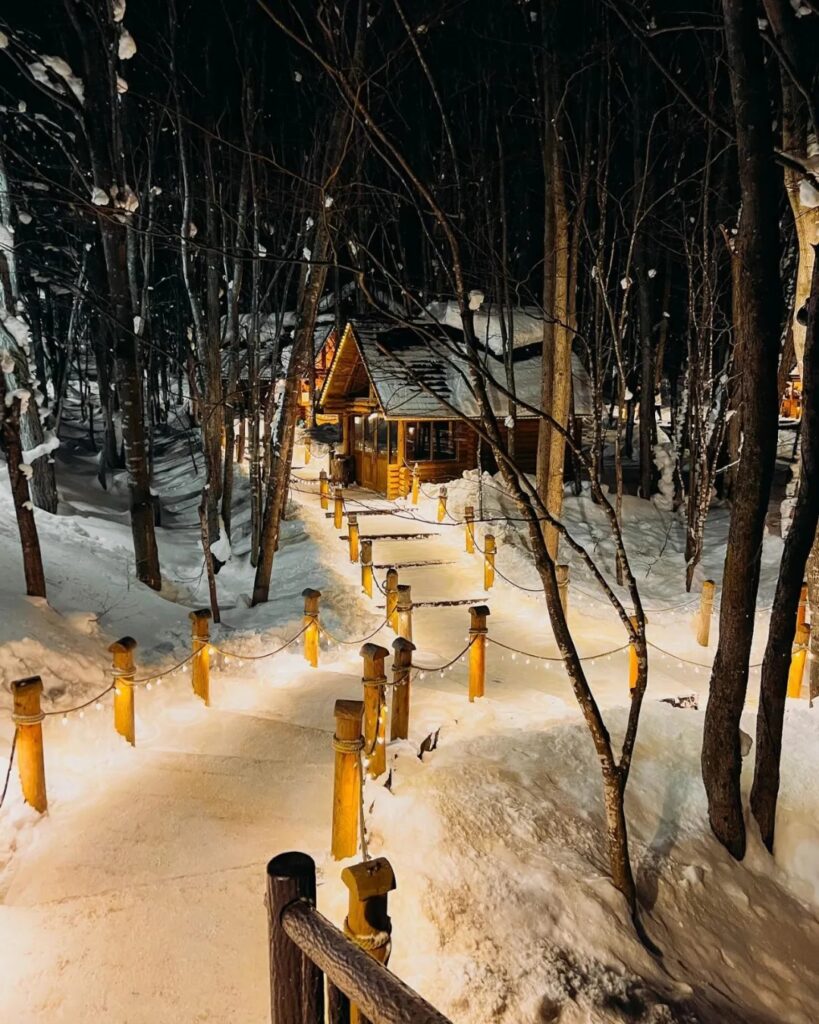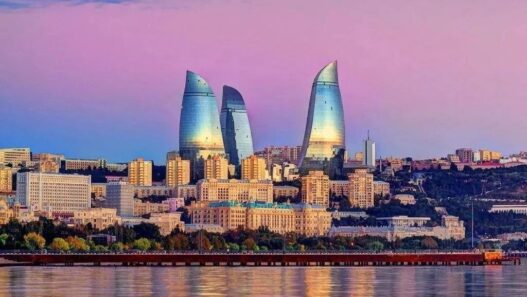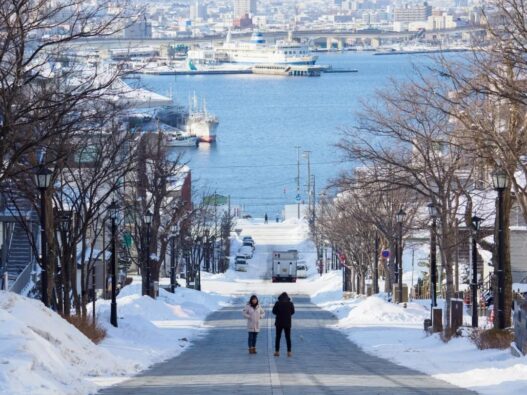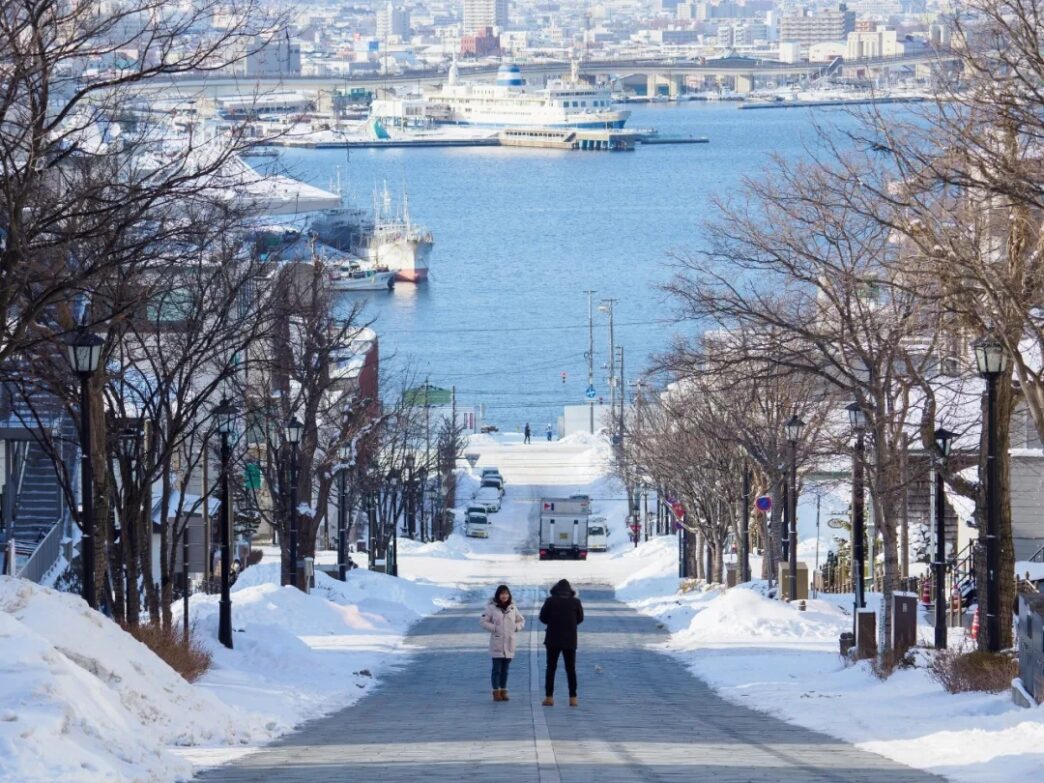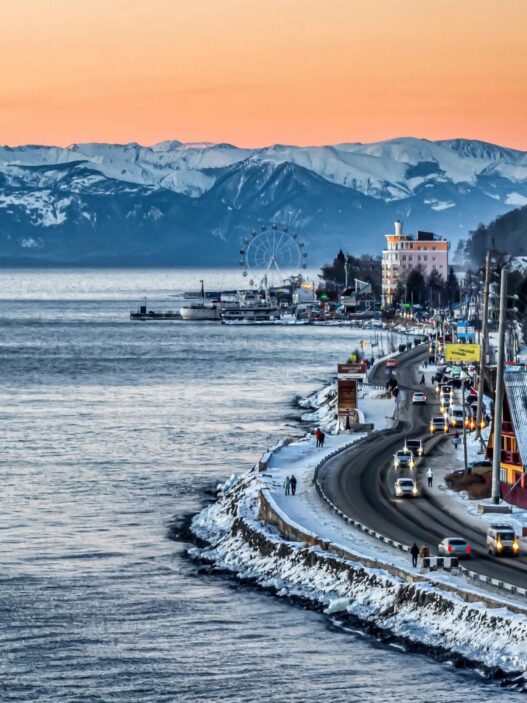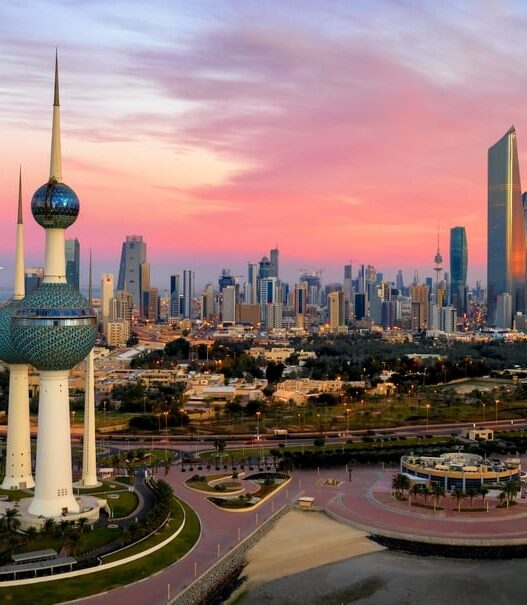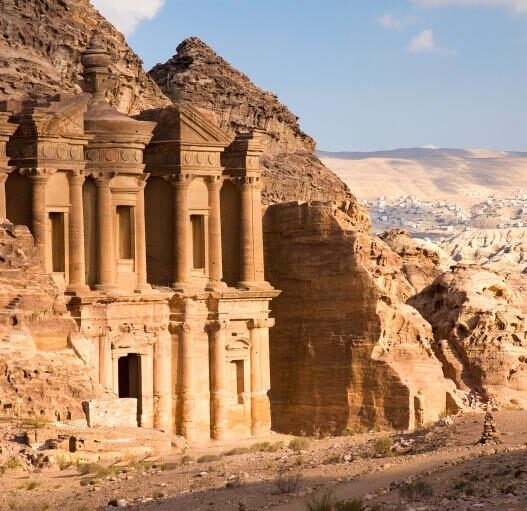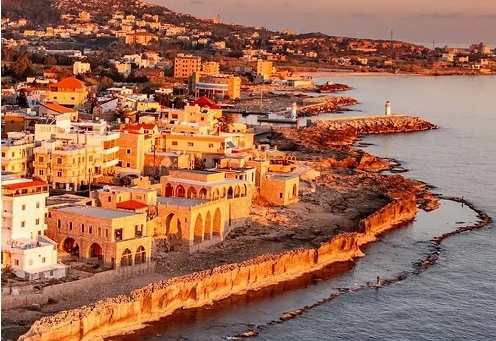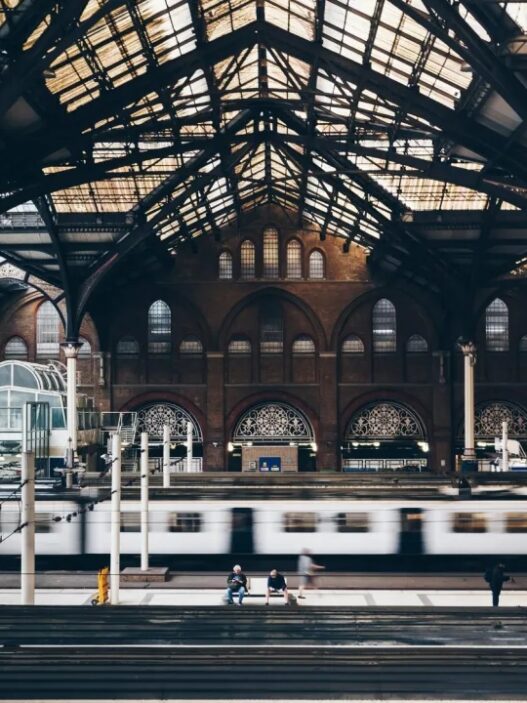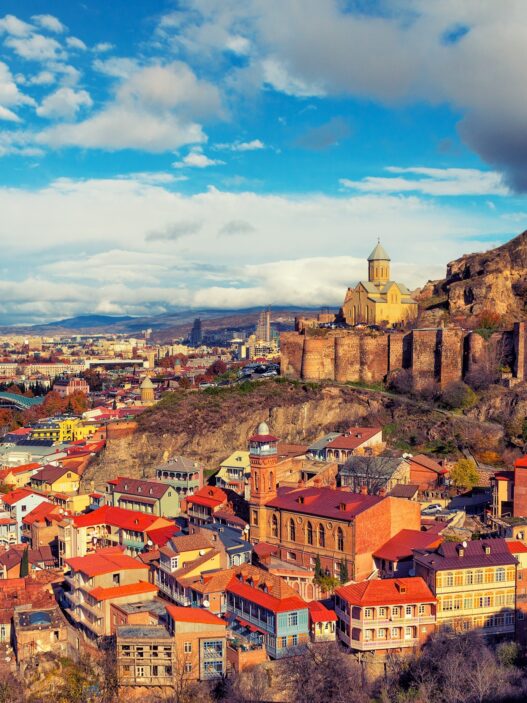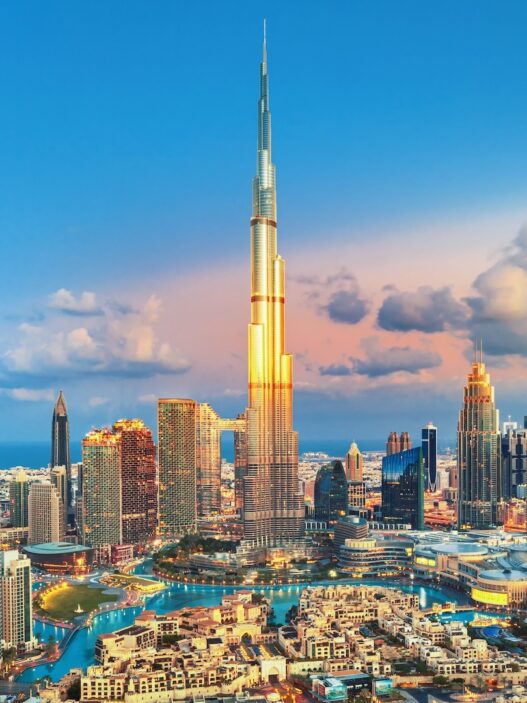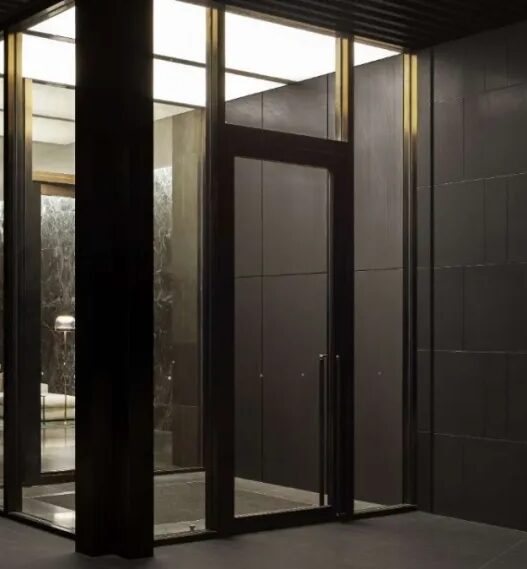When it comes to Hokkaido, it instantly ignites the longing for winter romance in countless travelers. Winter here has a unique magic, as if every detail is telling a story of romance.
Hokkaido occupies approximately 22% of Japan’s total land area, yet its population accounts for only about 5% of the country’s total, which is less than one-tenth of Tokyo’s population. In this vast land, with its sparse population, there’s an innate romance. Hokkaido in winter, with its silver-clad landscapes and natural artistic atmosphere, makes one feel as if they are in a series of beautiful paintings, unable to pull away.
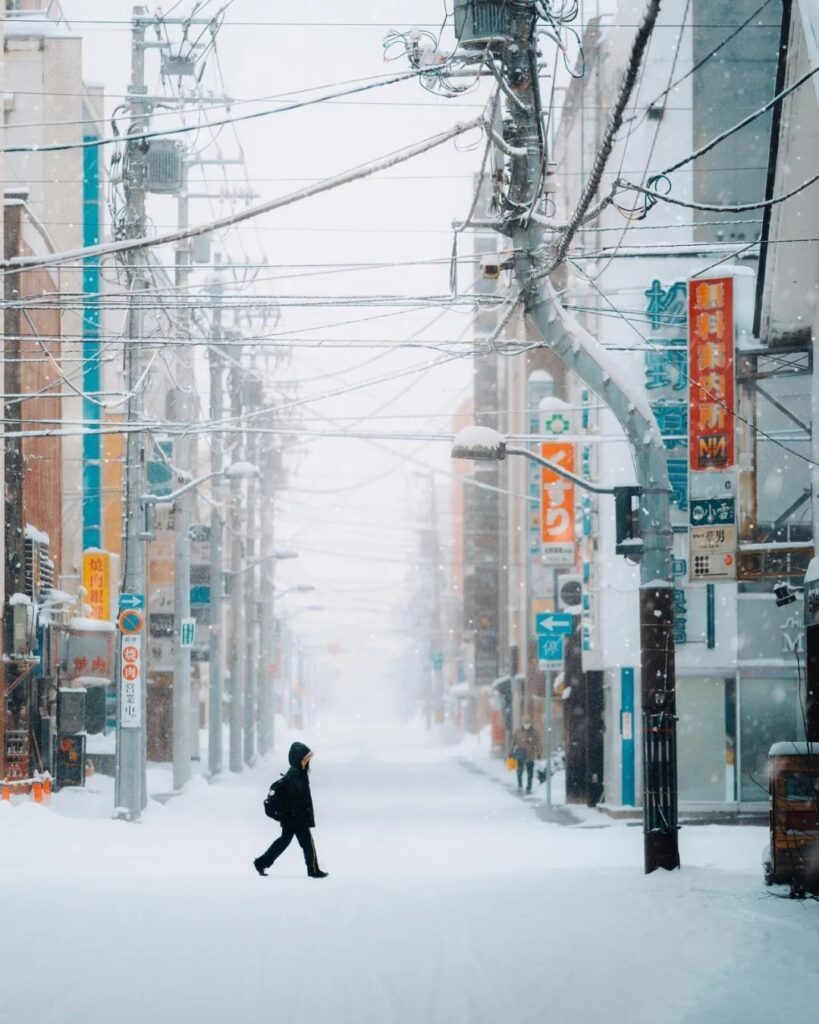
Hokkaido’s romance has become an indispensable classic scene in Japanese TV dramas and films. Many dramas and movies, like “First Love” and “Love Letter,” have used Hokkaido as a filming location, making it an ideal romantic destination in the hearts of many viewers.
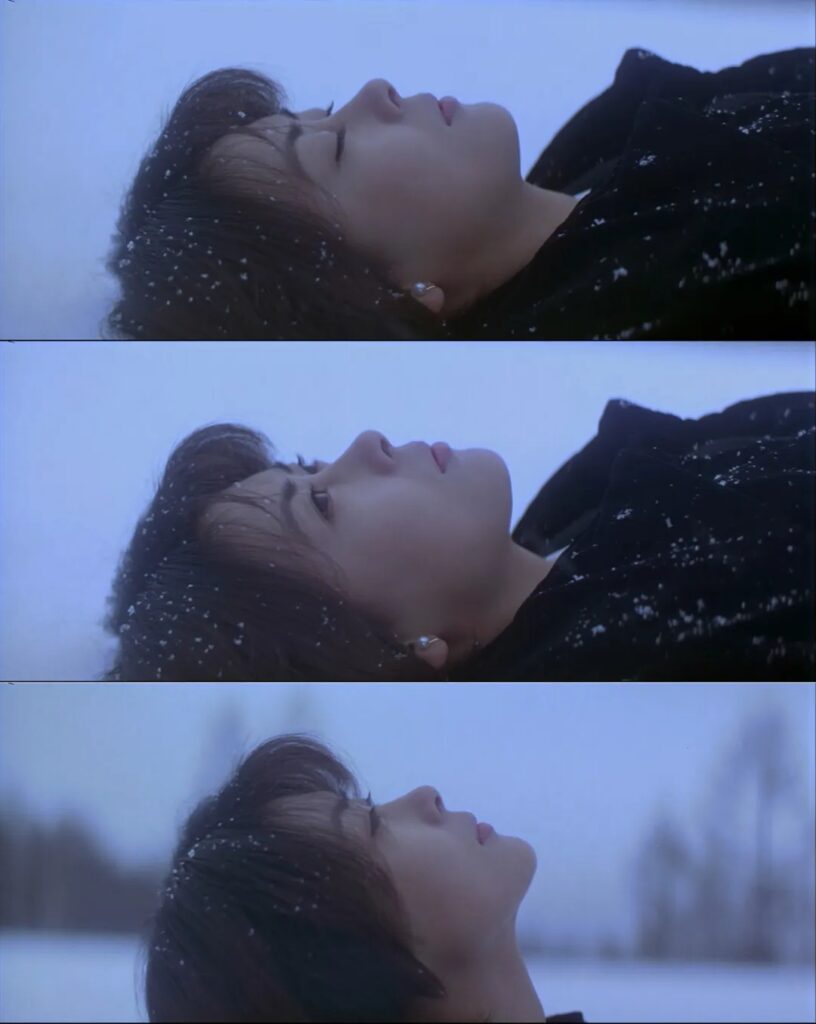
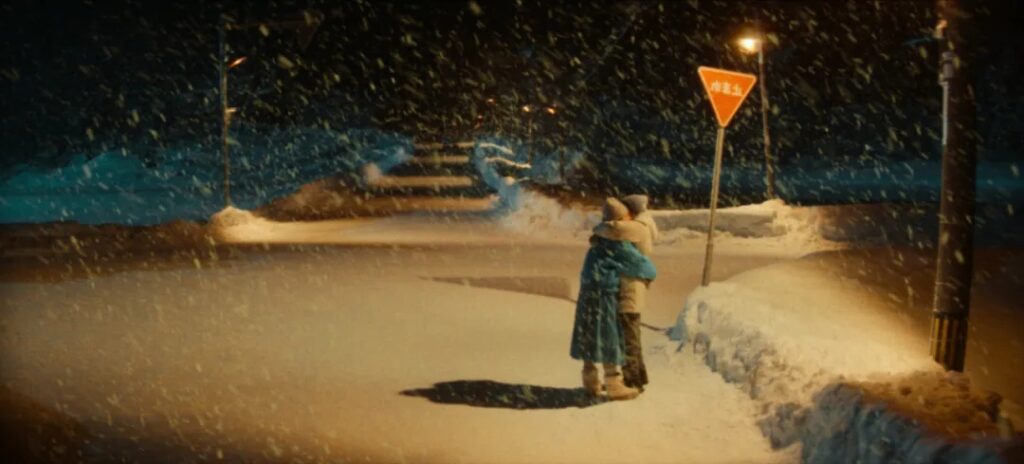
As snowflakes gently fall, the world seems to become quiet in an instant, entering a romantic scene from a drama or movie. On such a snowy night, you can walk into a small izakaya at random, with the snowy street scene outside and the steam rising inside. Order some delicious food; each bite warms your stomach and makes you forget the cold outside. Such a Hokkaido winter night is one you won’t want to leave, satisfying both your palate and warming your heart.
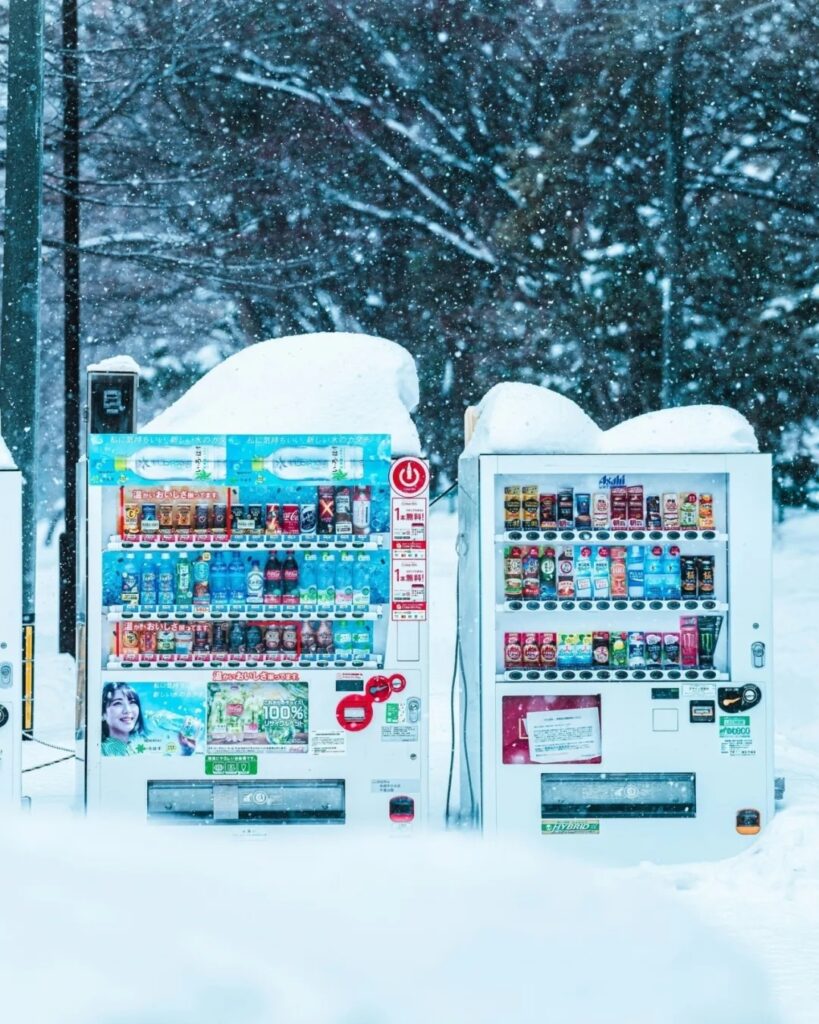
The snow quality in Hokkaido is impeccable, ranking among the best in the world, attracting not only skiers from all over Asia but from around the globe. The relatively mild winter temperatures (typically around minus ten degrees Celsius at ski resorts) and the abundant snowfall brought by the Siberian cold front result in fine, powdery snow. This powder snow has low water content, making it soft and bouncy to ski on, so even beginners don’t feel pain when they fall. This snow quality not only suits skiing but also gives Hokkaido the nickname “Powder Snow Paradise.”
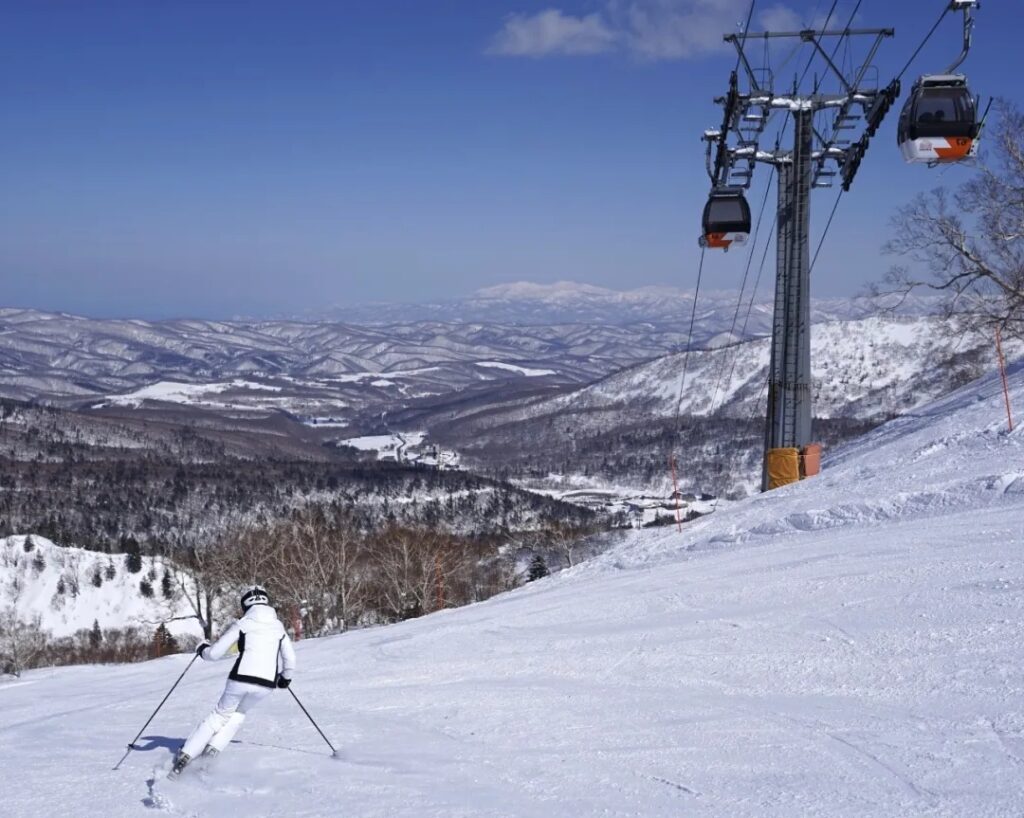
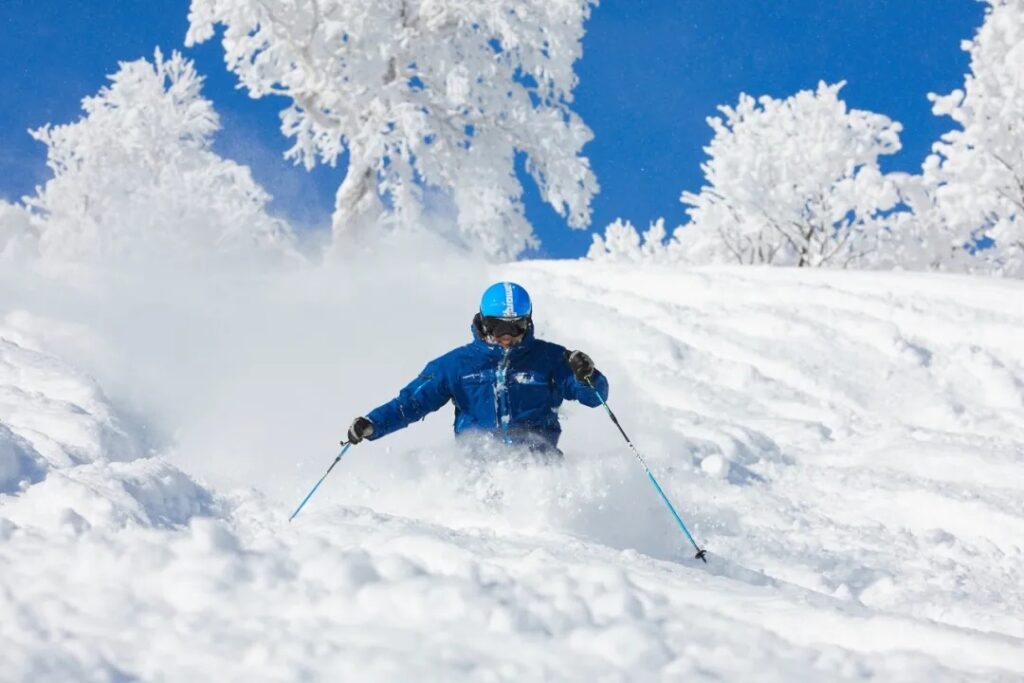
With over ten well-known ski resorts like Niseko, Sapporo International Ski Resort, Kiroro Resort, and Hoshino Resorts TOMAMU, the excellent snow quality, and comprehensive facilities cater to all types of skiers, offering various skiing, snowboarding, and slope options. Besides the world-renowned skiing paradise, Hokkaido’s hot springs, snow festivals, winter scenery, and wildlife observation also make winter travel full of romance and adventure. There are many ways to enjoy it, whether for casual sightseeing or family vacations, suitable for various needs. Compared to other parts of Japan, the experience here is even better!
Hokkaido in Winter
Hokkaido’s Winter Weather
Snow starts falling in late October, with thick snow from December to February, when temperatures often drop to minus ten degrees Celsius.
Hokkaido’s Winter Transportation
Winter weather is harsh, but transportation infrastructure is not as developed as in Tokyo or Osaka. Major cities like Sapporo, Hakodate, and Otaru are well-connected by JR trains. However, for more remote ski resorts or attractions, due to frequent snowfall, public transport can be delayed, so it’s generally recommended to travel by chartered car.
Hokkaido’s Regional Division
Hokkaido can be divided into four main areas: Southern Hokkaido, Central Hokkaido, Eastern Hokkaido, and Northern Hokkaido.
Southern Hokkaido: Hakodate
Central Hokkaido: Sapporo, Otaru, Noboribetsu, Lake Toya
Northern Hokkaido: Asahikawa, Biei, Furano
Eastern Hokkaido: Tokachi, Shiretoko Peninsula, Abashiri, Kushiro
Hakodate
Hakodate, one of the earliest ports in Japan to open to the outside world, is a city with a rich history and charm. It’s particularly famous for its night views, known as the “Million Dollar Night View,” one of Hakodate’s most famous attractions. Visitors can take a cable car to the top of Mount Hakodate for a 360-degree panoramic view, taking in the city lights and sea.
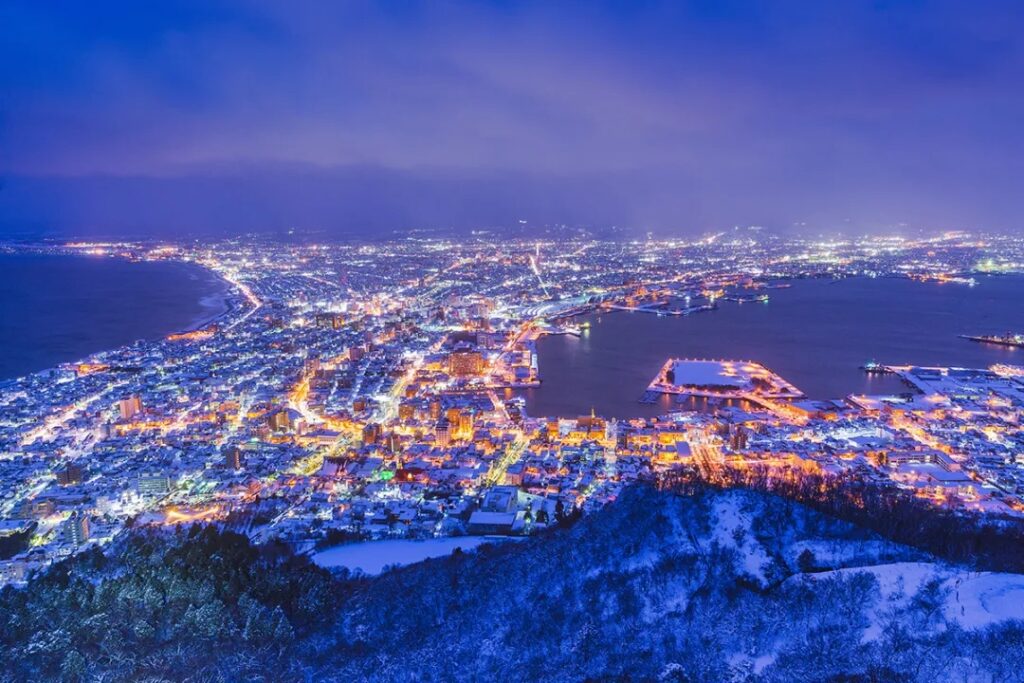
Hachiman-zaka is a historic street with a unique character, located in the eastern part of Hakodate, directly connecting to the seaside, offering a unique perspective. You can see the port from the slope, providing excellent scenery, giving a feel of a European or American port city. In winter, the roadsides are covered with white snow, adding to the romance and tranquility.
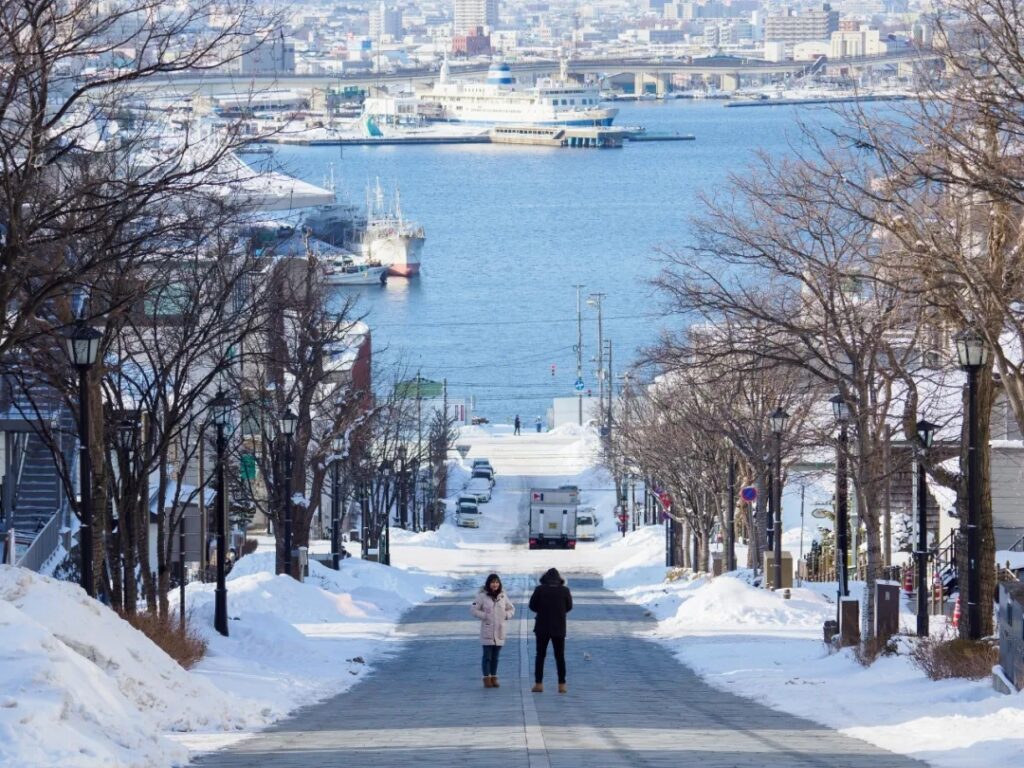
The Tropical Botanical Garden has a special monkey park area where dozens of Japanese macaques are kept. In winter, the monkeys often enter the hot springs, either resting with their eyes closed or grooming each other, looking quite content. Visitors can watch the monkeys bathing in the hot springs from a designated viewing area.
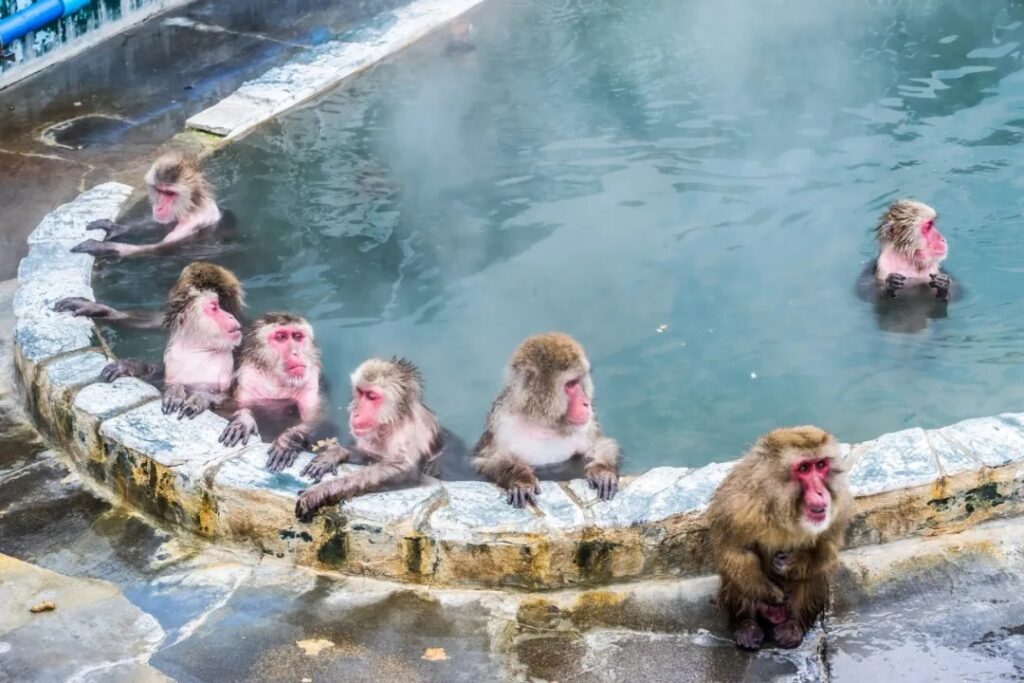
Goryokaku Park is also a must-visit spot, with its star-shaped layout and changing beauty through the seasons, making it unforgettable.
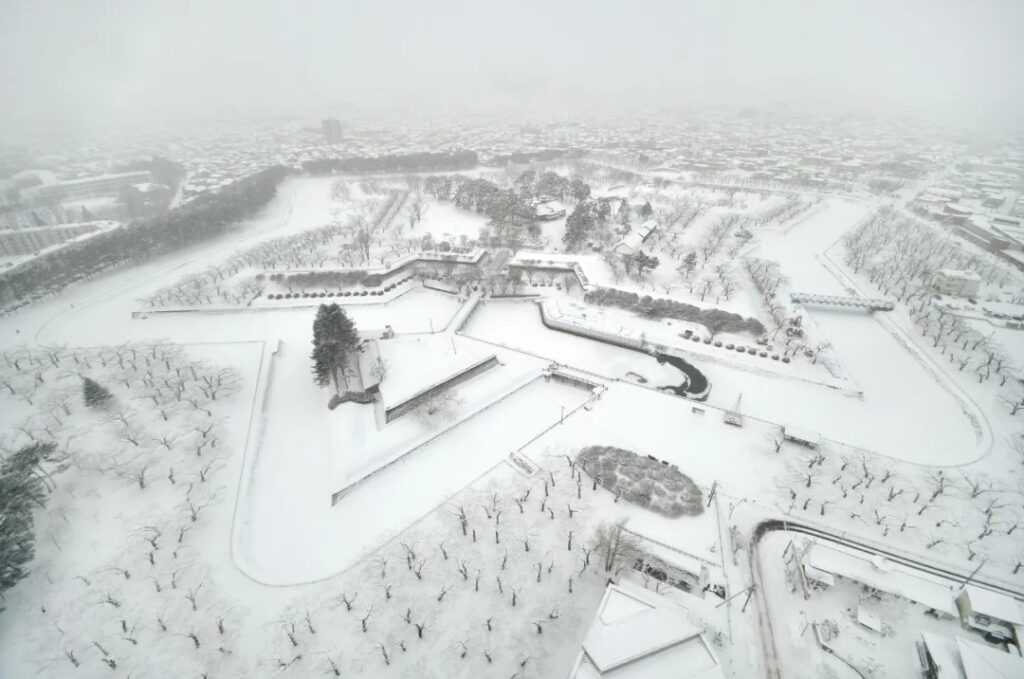
Sapporo
Sapporo is the capital and largest city of Hokkaido, the fifth-largest city in Japan. It’s modern, with ski resorts, food, shopping, the famous Snow Festival, and hot springs, making it the first stop for most visitors. The annual Snow Festival in February attracts thousands of visitors to admire the magnificent snow and ice sculptures.
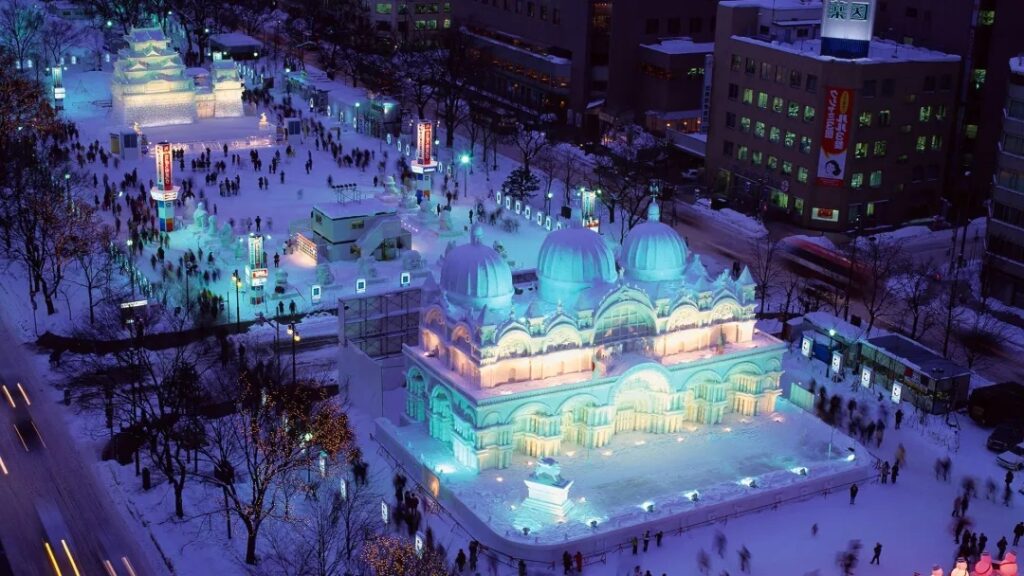
The night view from Mount Moiwa is one of Sapporo’s most famous attractions, known as the “Roof of Sapporo.” You can take a cable car or a ropeway to the top to enjoy the scenery. There are observation decks at the summit for viewing the surrounding snow-capped mountains and the vast city. The mountain-top restaurant allows you to enjoy French cuisine while taking in the beautiful night view.
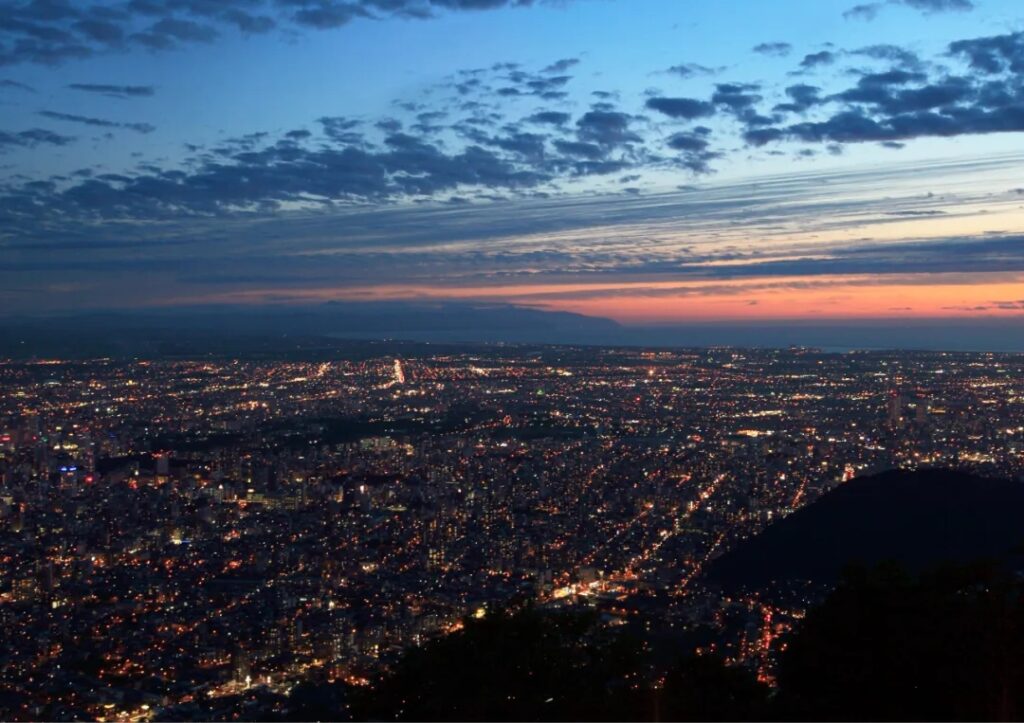
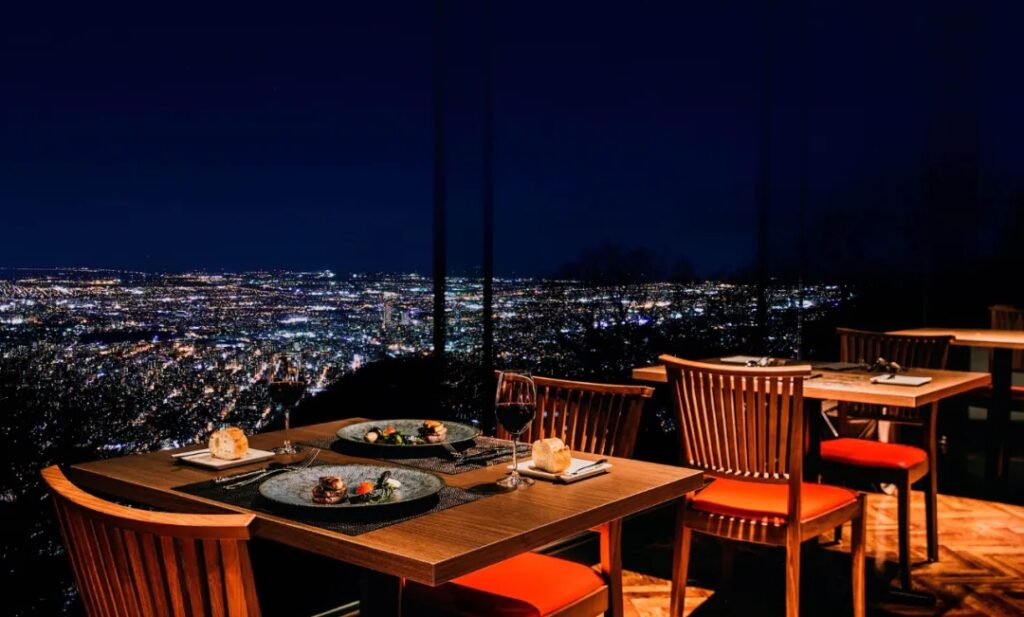
The White Lover Park was built to commemorate Hokkaido’s famous candy brand “White Lover.” The park not only showcases the process of making chocolate and cookies but also offers various entertainment facilities and beautiful gardens. Winter at White Lover Park is especially enchanting, covered in snow, creating a fairy-tale world. Visitors can tour the chocolate factory, learn about the making of “White Lover” cookies, and taste freshly baked sweets.
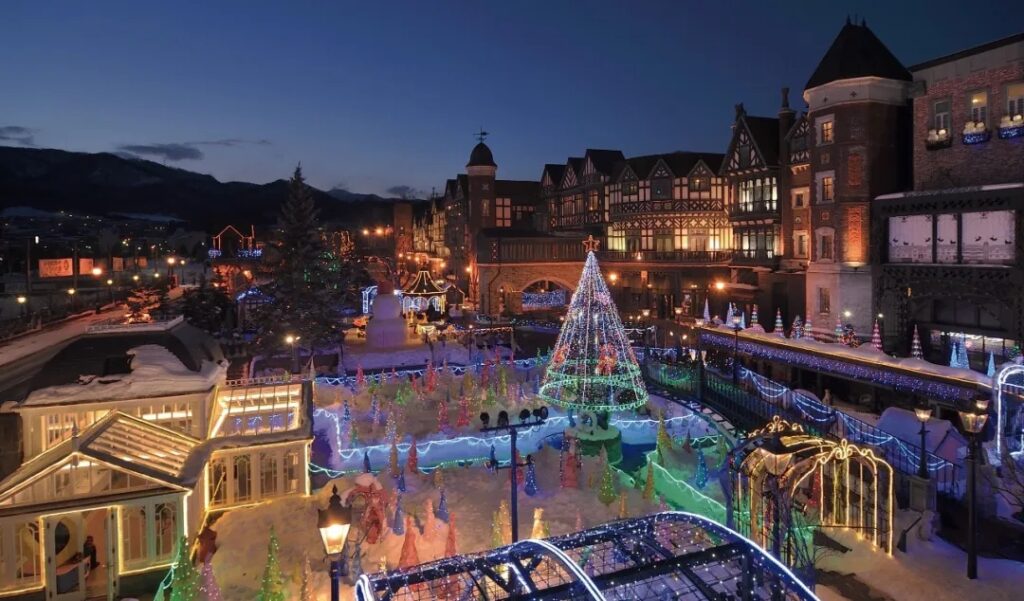
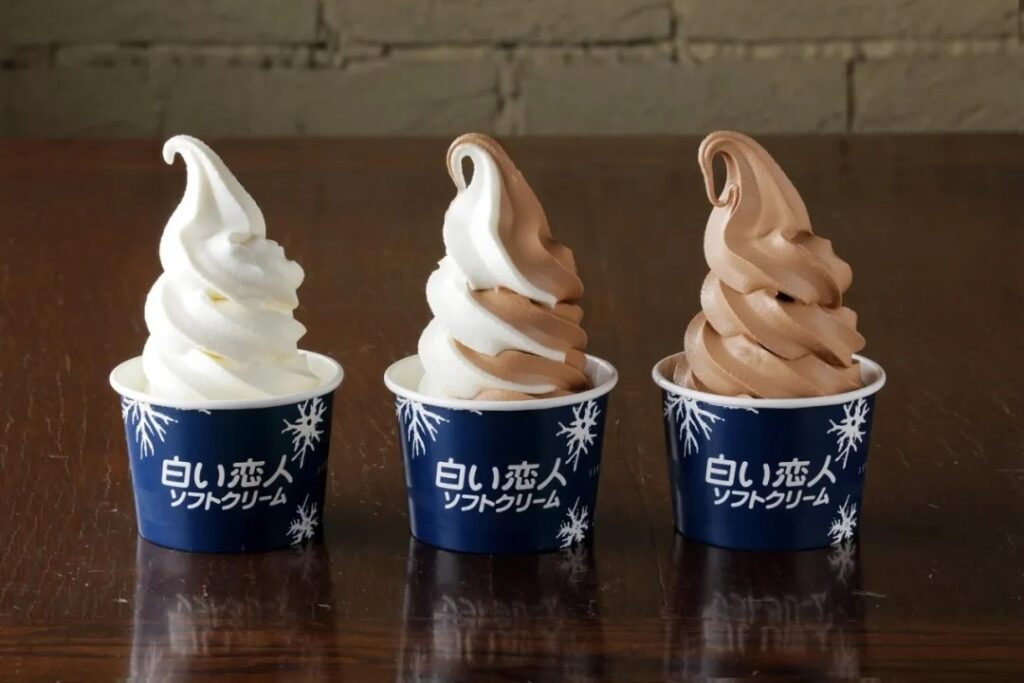
Otaru
Otaru is a small city full of romantic charm, with beautiful beaches, romantic canals, and glass crafts. It’s a must-visit place for fans of the movie “Love Letter,” adding to the city’s romantic allure.
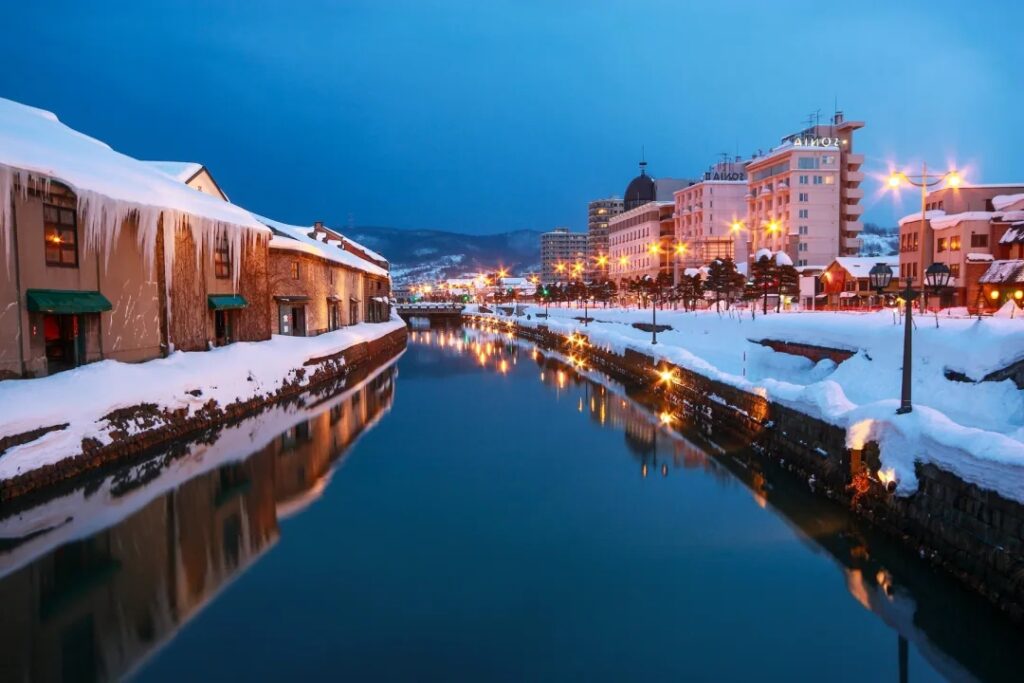
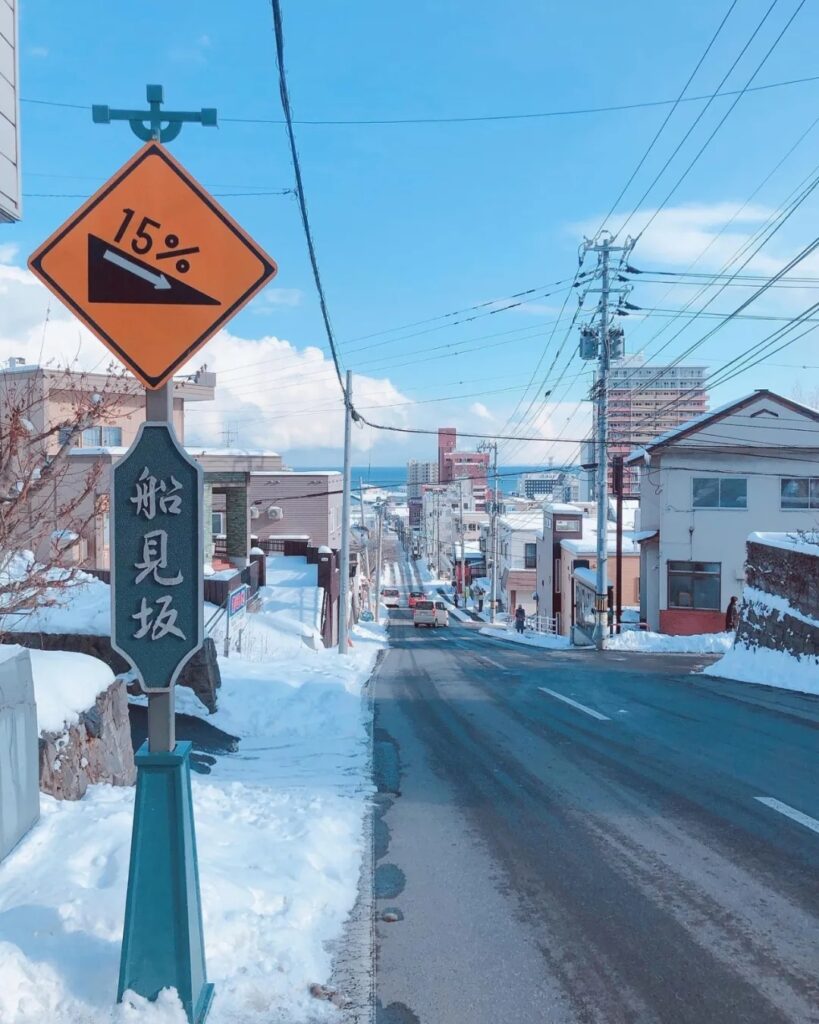
The Otaru Music Box Museum and glass craft shops are also must-visit shopping spots for tourists.
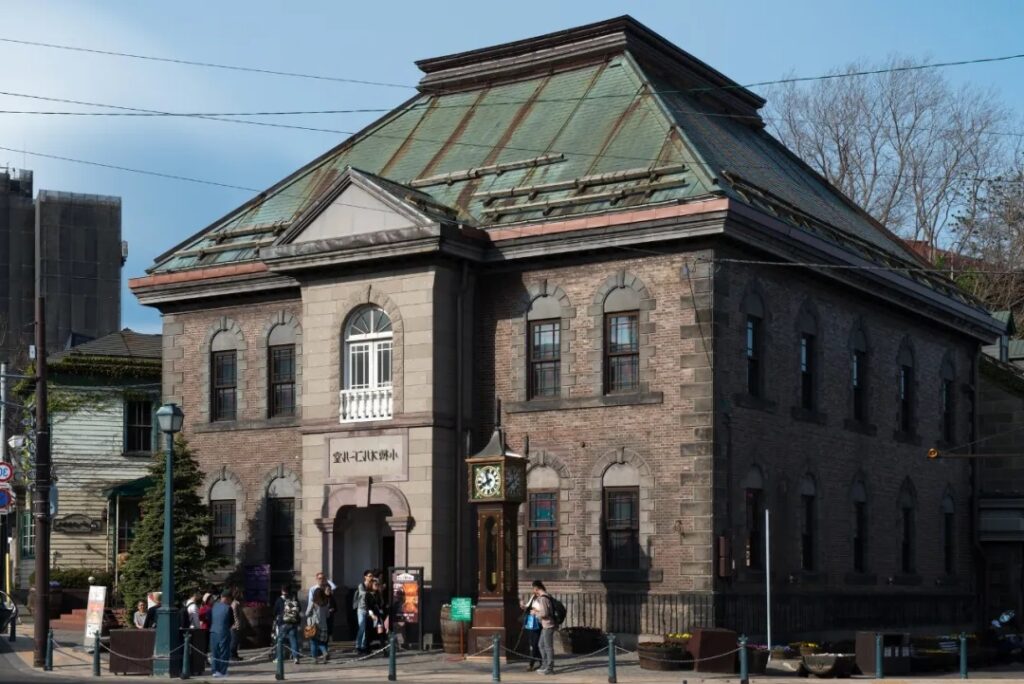
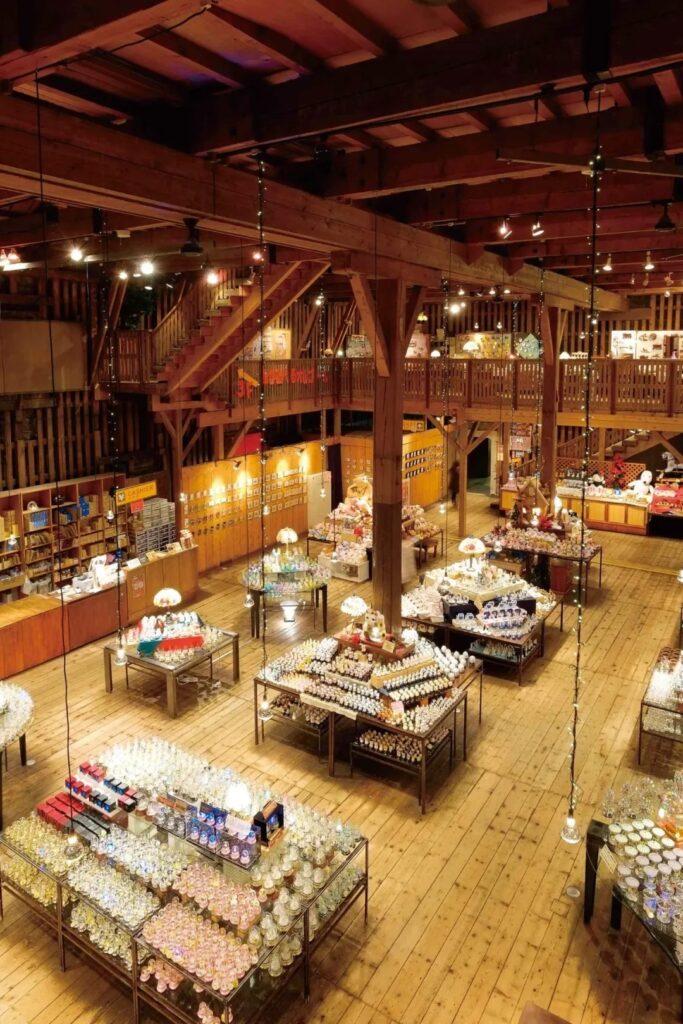
Tengu-yama is the highest point in Otaru, offering a panoramic view of the city and its port.
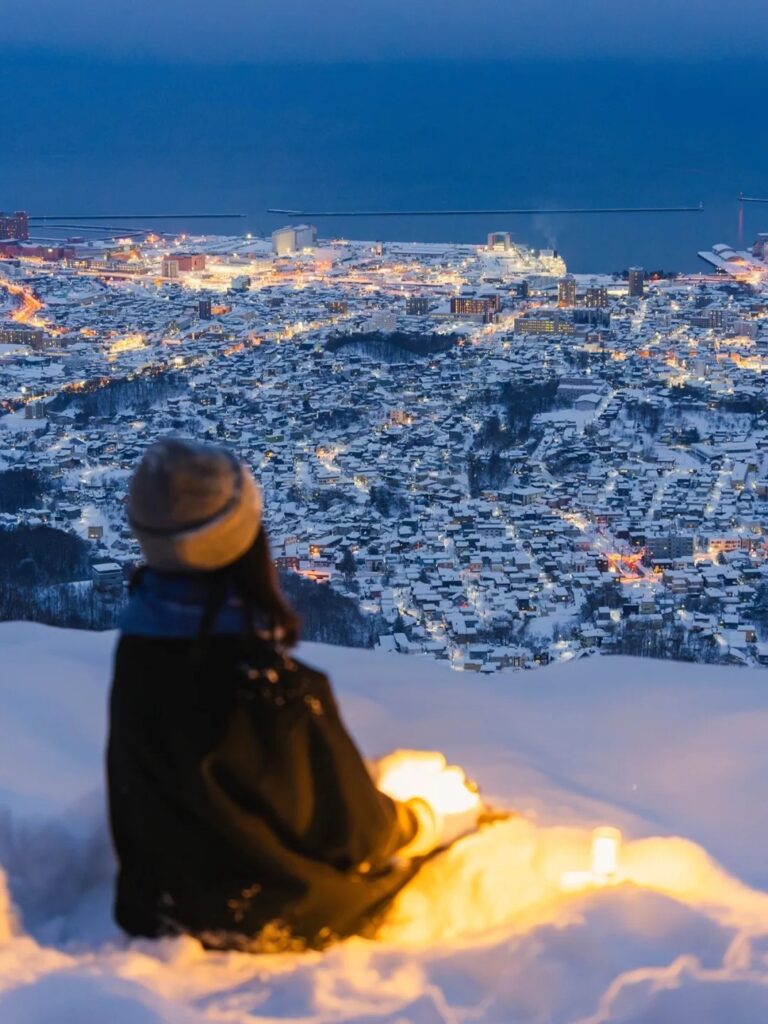
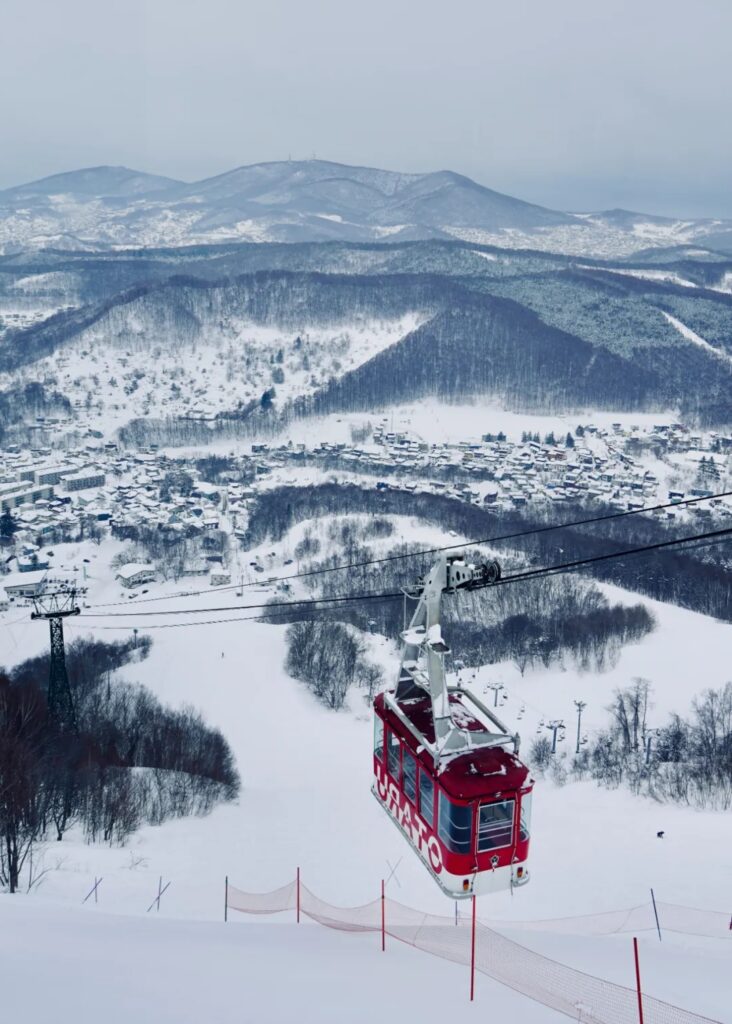
Noboribetsu
Noboribetsu is one of Japan’s most famous hot springs, known as the “Onsen Town.” Here, the hot spring water is rich in various types, including sulfur springs, iron springs, and salt springs. The highlight of Noboribetsu is Hell Valley, an active volcanic area with steaming hot springs and sulfurous air. In winter, you can relax in the warm spring water, enjoying an onsen bath in the snow, easing away the fatigue of travel.
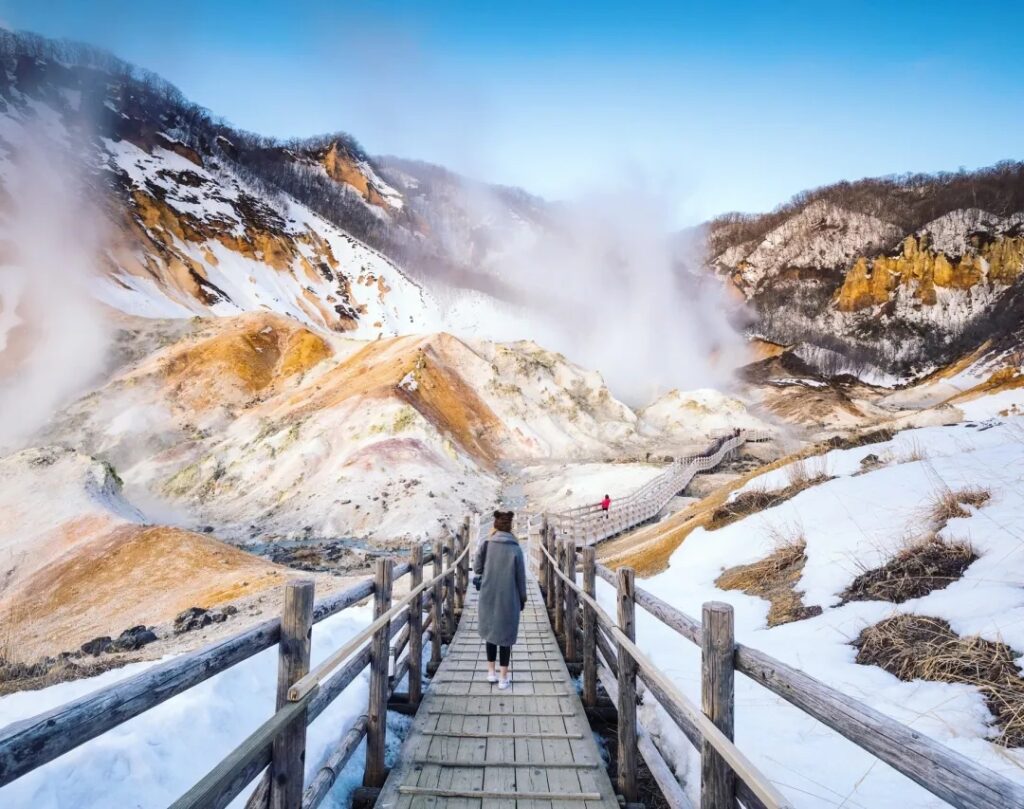
Besides the hot springs, Noboribetsu offers rich natural landscapes and cultural experiences. You can have close encounters with adorable Hokkaido bears at Noboribetsu Bear Park or visit the Noboribetsu Onsen Museum to learn about the history and culture of hot springs.
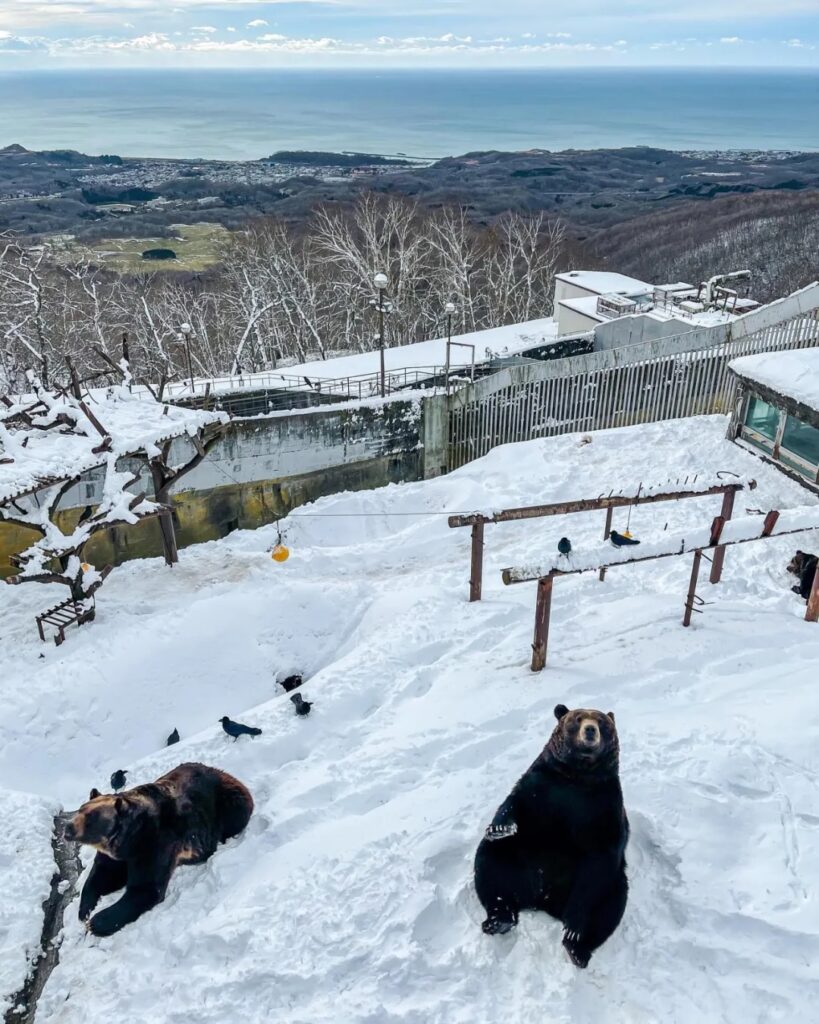
Lake Toya
Lake Toya, located in southwestern Hokkaido, is a lake formed by the collapse of the ground after volcanic eruptions, surrounded by mountains like Showa Shinzan, Mount Usu, Mount Tarumae, and Mount Yotei, which emit white smoke year-round, adding a mysterious and majestic color to Lake Toya.
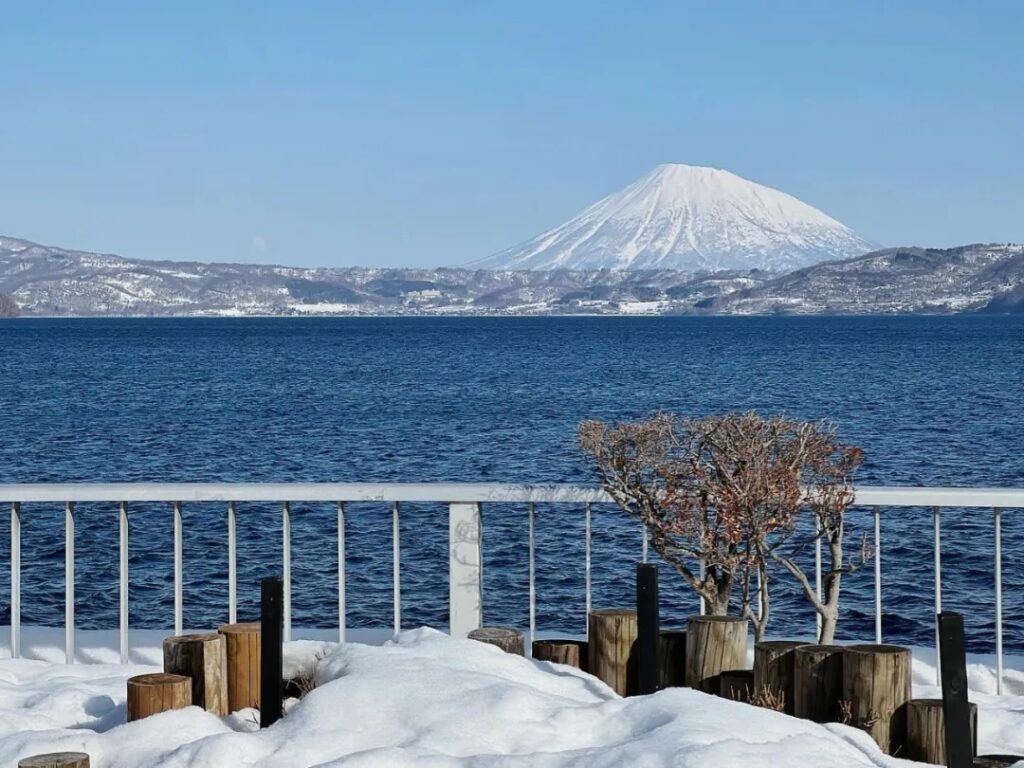
Although Lake Toya is in the northern part of Japan, due to its surrounding terrain and climate, winter temperatures are not particularly low. Additionally, due to geothermal activity, the water temperature of Lake Toya remains relatively high, allowing the lake to keep flowing in winter and not freeze easily.
Asahikawa
Asahikawa is the second-largest city in Hokkaido, located in the northern part of the island, surrounded by several ski resorts. It’s also a cultural and historical crossroads, full of traditional Hokkaido charm.
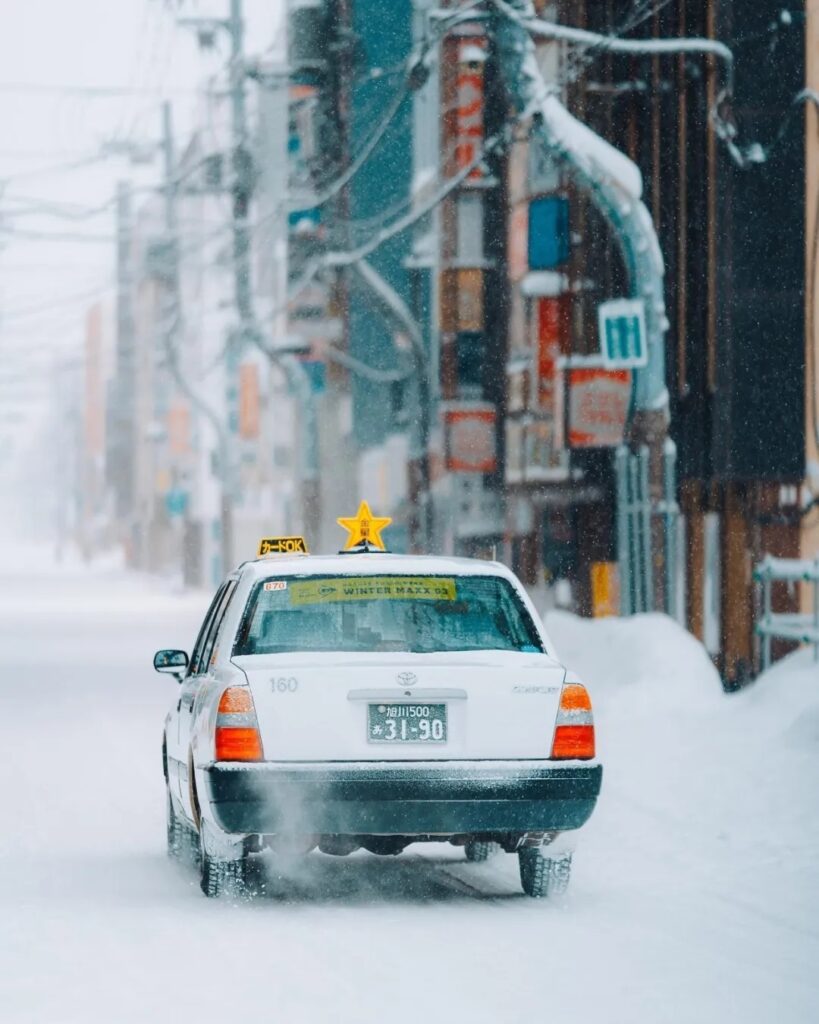
The Asahiyama Zoo is one of Asahikawa’s most popular tourist spots and one of Japan’s most unique zoos. What makes Asahiyama Zoo renowned is its unique design concept and humane approach to animal exhibits. Unlike traditional zoos, Asahiyama Zoo strives to provide animals with environments as close to nature as possible, designing many innovative exhibits.
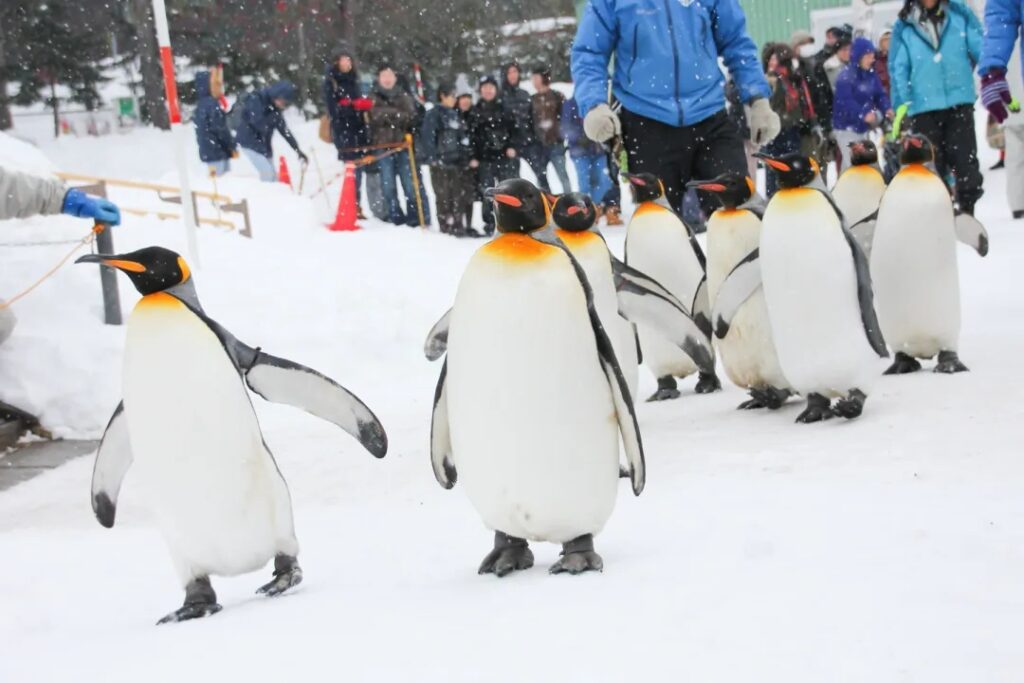
For example, animals’ behaviors and habits are fully showcased in their habitats, allowing visitors to understand their lives more intuitively.
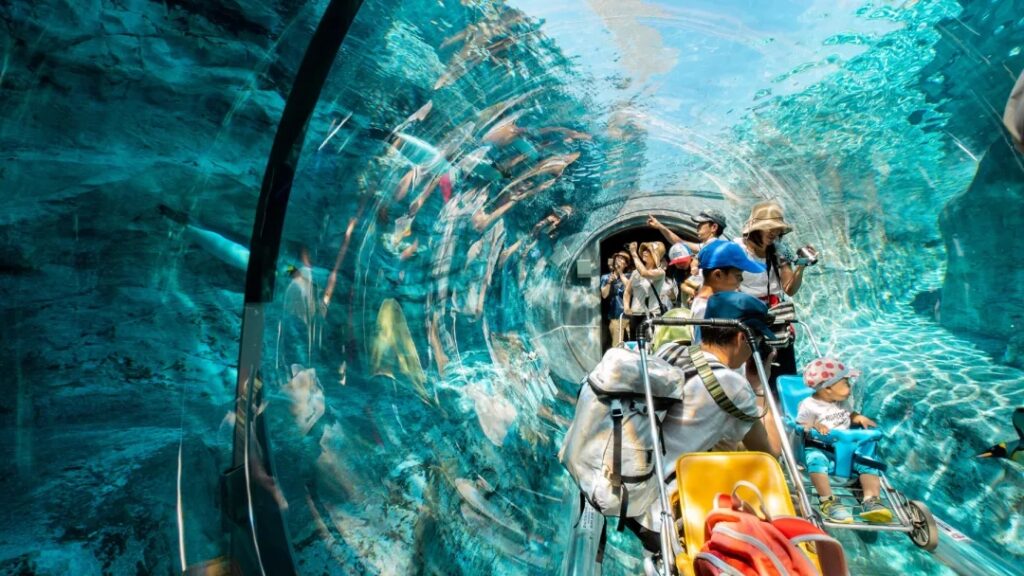
Moreover, the zoo features a rich collection of flora and fauna, including giant pandas, snow monkeys, and other rare species, making it a great place for families to visit. Especially in winter, the interaction between animals and the snowy environment provides visitors with a unique viewing experience.
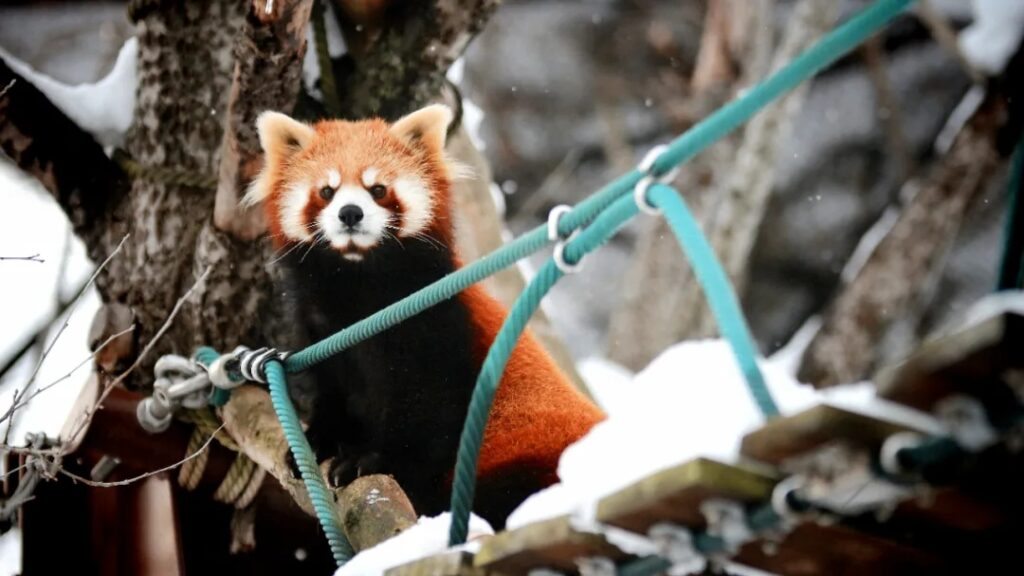
Biei
Biei is a tranquil town in Hokkaido, known for its rolling hills, vast fields, and beautiful flower fields, making it a paradise for photographers and nature lovers. Winter in Biei transforms into an ice and snow fairy-tale world, where the snow-covered fields and serene winter scenery blend with the sky and distant mountains, offering a sense of tranquility and purity.
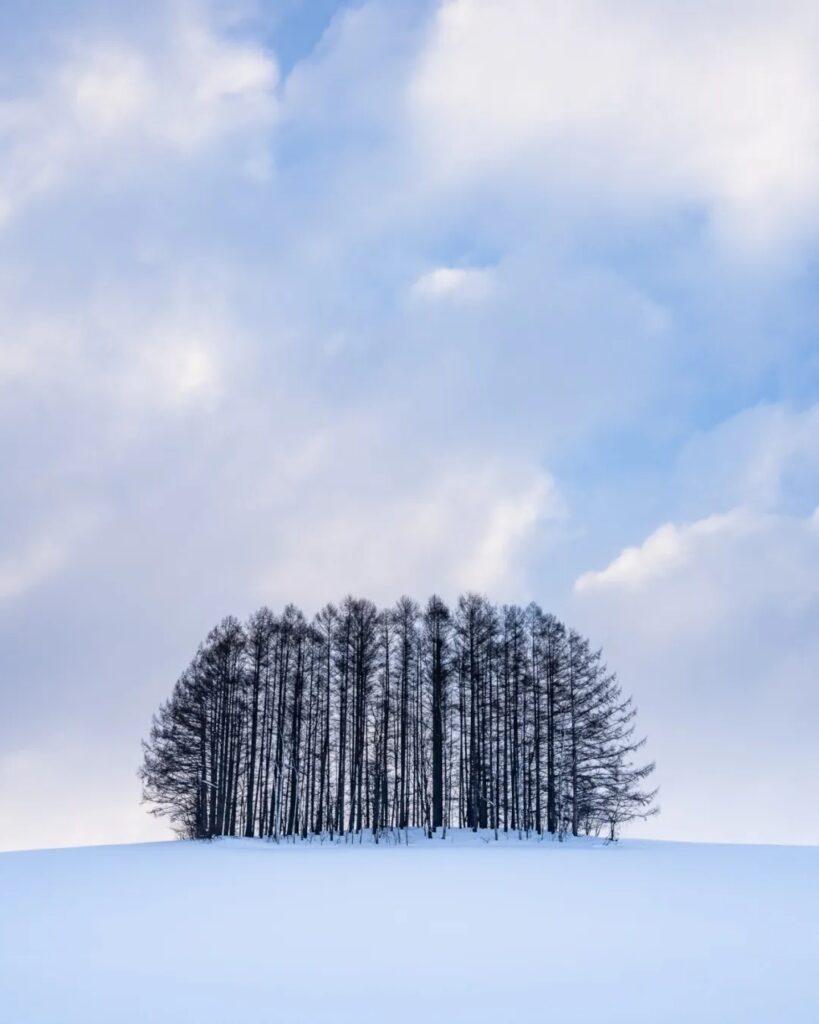
In winter, the attractions here are various trees, with the most famous being this solitary Christmas tree.
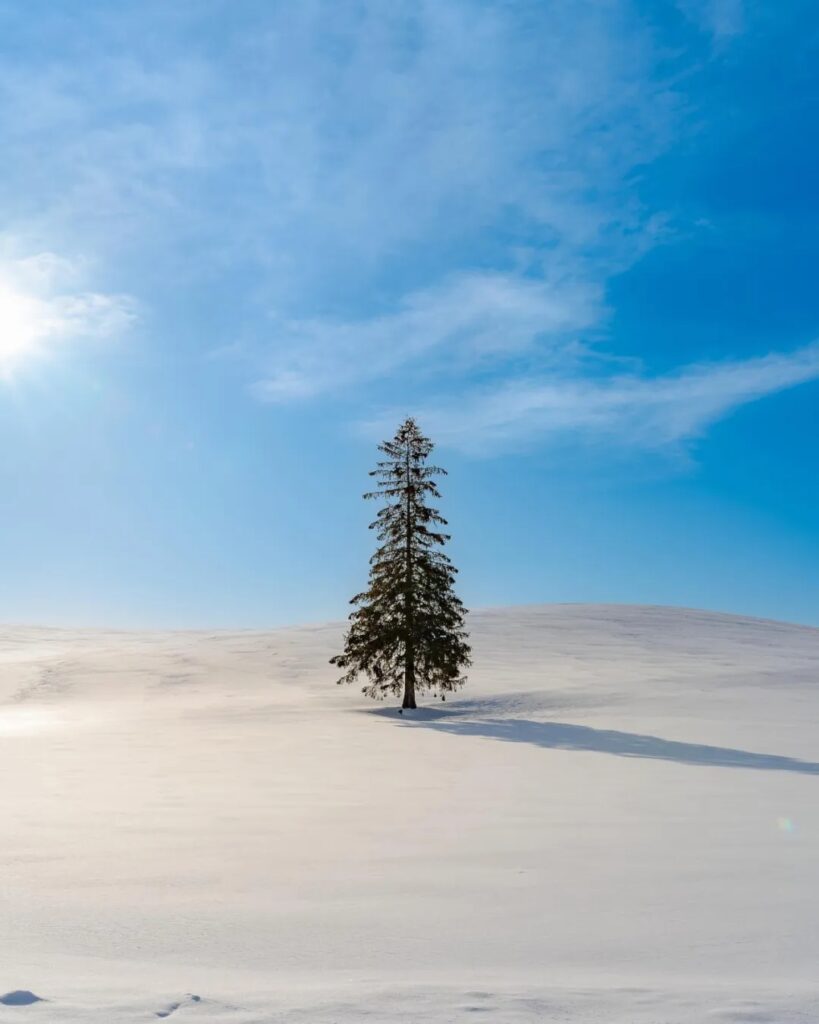
Furano
Furano, this beautiful city in central Hokkaido, boasts excellent powder snow, known for its top-quality snow for skiing. The Furano Ski Resort and TOMAMU Ski Resort are two major skiing destinations here. Besides skiing, dog sledding is a classic winter experience in Furano.
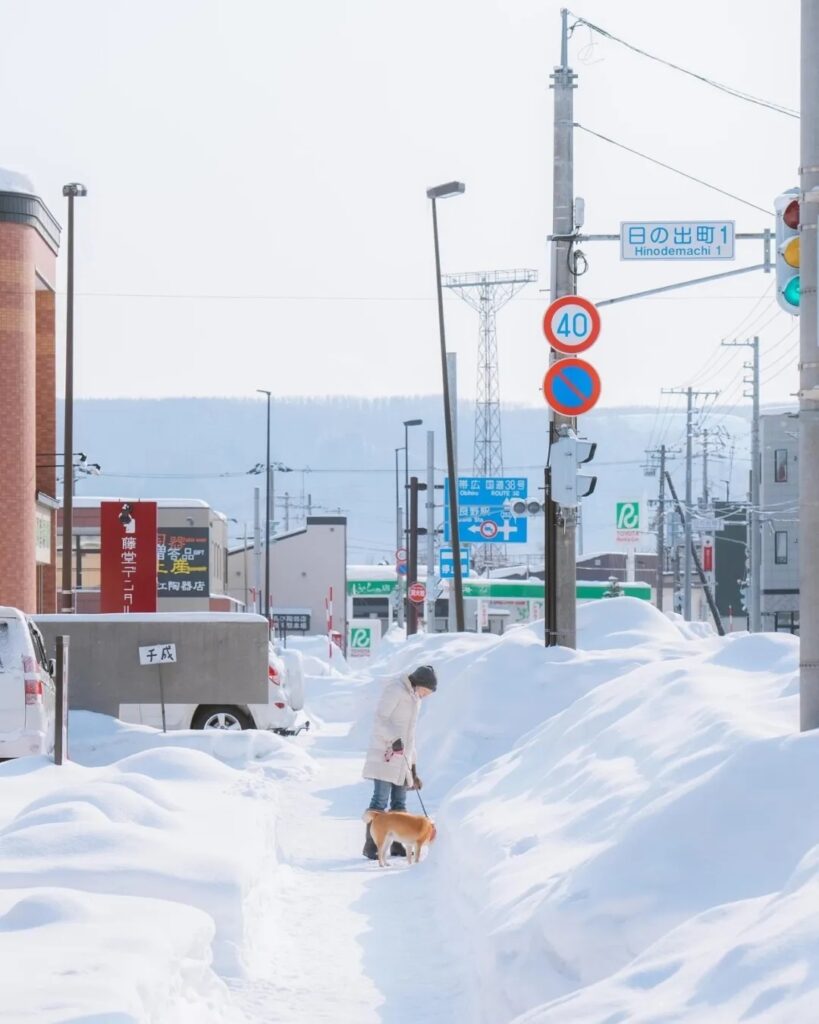
The Forest Elf Terrace, located in the forest of Furano, is a place with a fairy-tale atmosphere, like a small town of wooden cabins. Each cabin looks like a hidden elf house scattered along the paths, surrounded by dense trees and streams. Each cabin is a handicraft shop selling unique Hokkaido-style handmade items, artworks, and local specialties, perfect for tourists to pick up souvenirs and gifts.
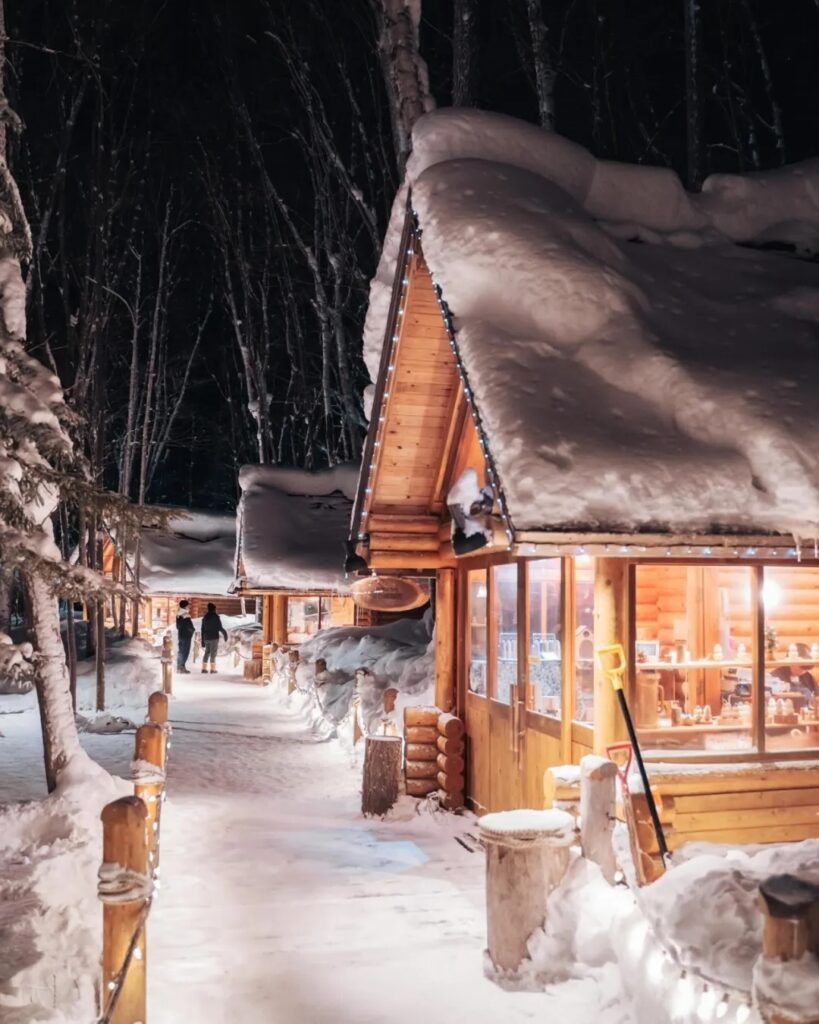
In winter, the Forest Elf Terrace, adorned with snow, resembles a fairy-tale world, with the warm lights of the cabins contrasting with the snowy landscape, adding a touch of fantasy and romance to the atmosphere. As night falls, the cabins emit a soft glow, and strolling through the town feels like entering a warm winter fairy tale. This is an ideal spot for couples, families, and photography enthusiasts to enjoy the magic of Hokkaido’s winter in a serene natural setting, adding a touch of enchantment to a trip to Furano.
